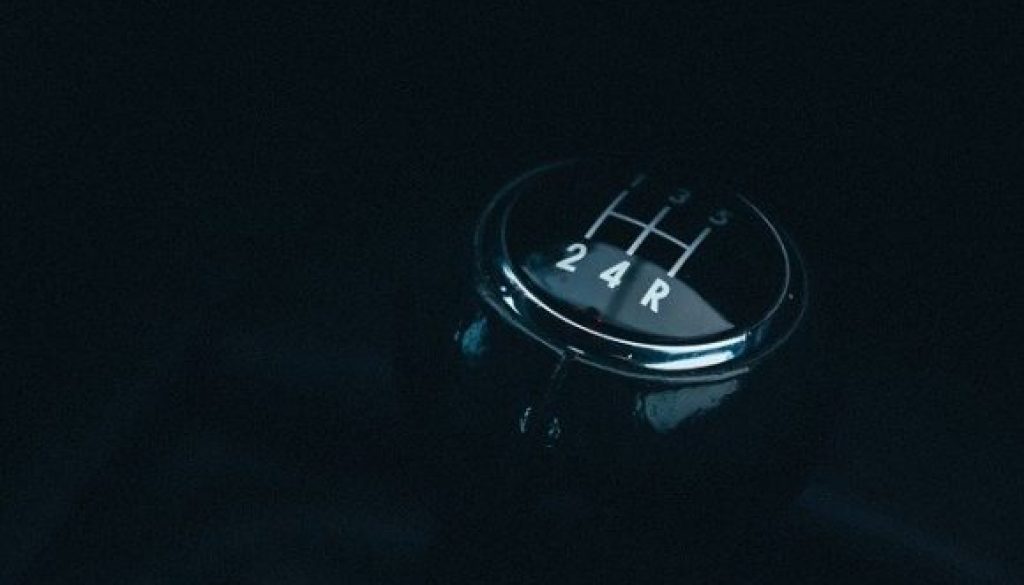Shifting Gears
I know the majority people no longer know how to drive a car with a manual transmission, but bear with me on this analogy of shifting gears… You can’t just drive your vehicle in 1st gear all the time. It will destroy your transmission and your engine. Neither can you just slam your gear stick into 5th and expect your car to do anything other than wonder what the heck it did to deserve this woeful mistreatment from you.
Shifting Gears is a process of moving through a sequentially method of advancement
When progress through the gears of your car while driving, you start in 1st gear just to get engaged and begin forward movement. You quickly move into 2nd gear to continue forward momentum, then shift into 3rd gear which is excellent for driving through your neighborhood as you head toward a main thoroughfare. At this point you’re moving into 4th gear and begin to make progress in your travels, until you reach the highway and can move into 4th or 5th gear to reach a constant travel speed that gets you to your destination faster.
If you ever tried to learn how to drive a car with a stick shift, you likely got to hear the oh-so-pleasant sound of gears grinding and the engine revving to high because you tried to shift into the wrong gear or stayed too long in a low gear.
Shift Gears too soon (or too late) with your clients can cause the same distress
I think of small talk at the beginning of any customer interaction the same way I think of 1st gear. I’m not in it for very long, but it’s vital to progress through that first gear in order to get the call in gear and begin forward momentum. If you try to skip small talk and jump straight into 2nd gear, the call feels out of balance and sluggish and it may stall out on you. If you stay in the 1st/small talk gear too long you may burn out your sales engine and never get down to business because you’re not making the transition into 2nd gear.
Shift Gears in your career
There is also a natural progression when shifting gears in your work life. There is vital experience and lessons you you need to gain in your early positions with companies that hire you. There might be software you need to learn or presentation skills you need to develop while you’re in 1st and 2nd gear at your first job or two.
At some point you’re going to be ready for more responsibility or a different environment, and your internal transmission will begin grinding the gears on your attitude and sense of enthusiasm for the job, which means it may be time for you to make a shift in your career.
Shifting Gears requires knowing when to use the clutch and when to use the brakes
When you shift gears (up or down) you need to press down on the clutch to disengage the rotating driving force of the engine from the wheels so that you can shift to the new gear and then release the clutch in order to re-engage the engine. when you press down on the clutch you temporarily stop the engine from turning your wheels — but the wheels will continue to turn powered by their own momentum (which slows the longer they are disengaged from the engine). When you press down on the clutch your engine is still going at it’s current speed.
If you press the brake instead of the clutch, it will slow down the turning force of the engine. Slow it too much and you may need to downshift your current gear to a lower gear.
Sometimes you may need to hit the brakes on a sales call when you learn that you’re not a good match for the prospect, or find out you are working from inaccurate project details, etc. Other times you simply need to downshift to a lower gear in your sales call because the customer has questions about your proposal or doesn’t fully understand your strategy and approach to solving their problem.
The same goes with your career.
Sometimes you may need to shift gears in order to make certain you have a grasp of some important knowledge or consider asking for more responsibility in your role. Other times you may need to hit the brakes completely because you made a wrong turn and you’re having trouble seeing what’s around the bend. In those cases you need to check your map in order to change your direction.




